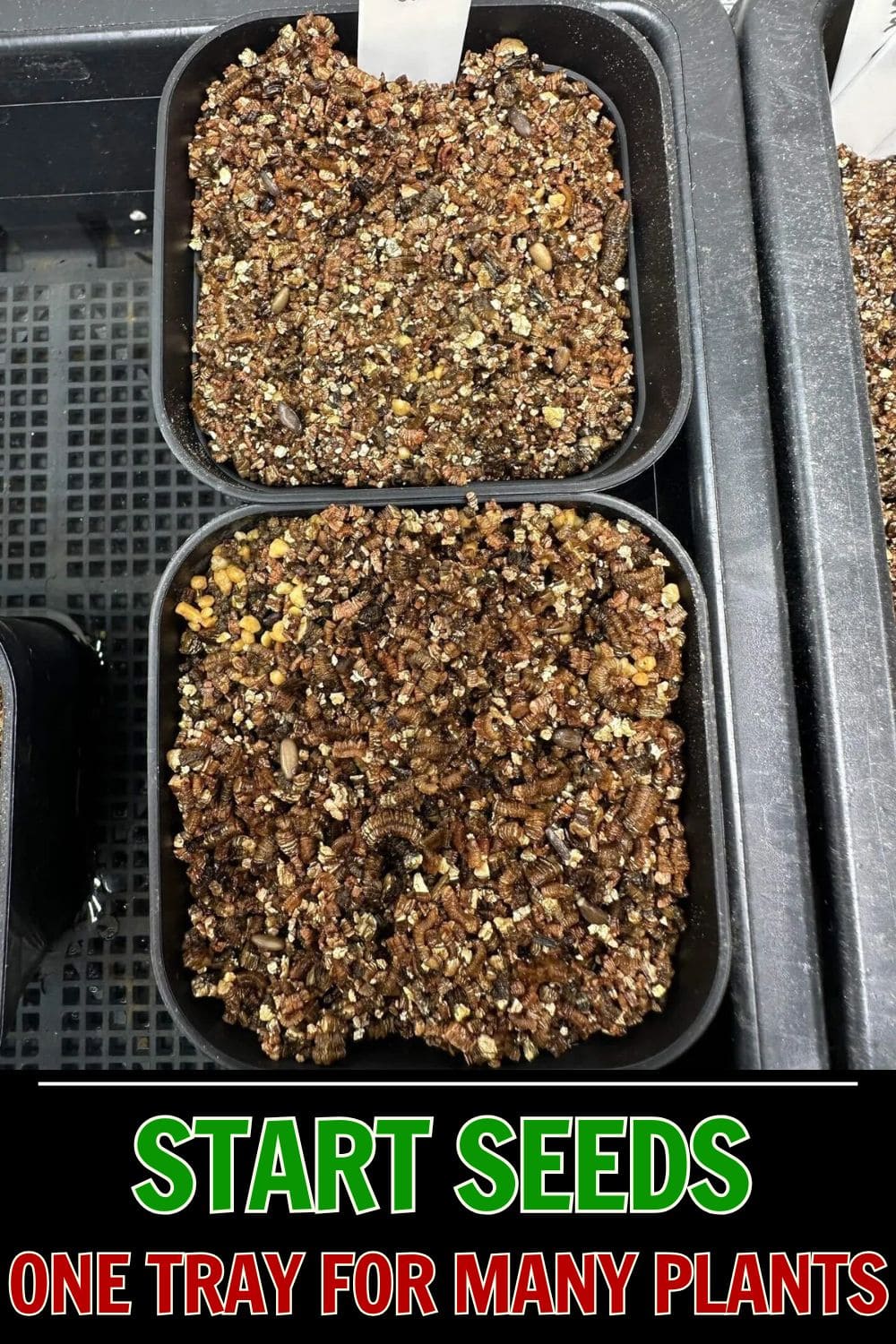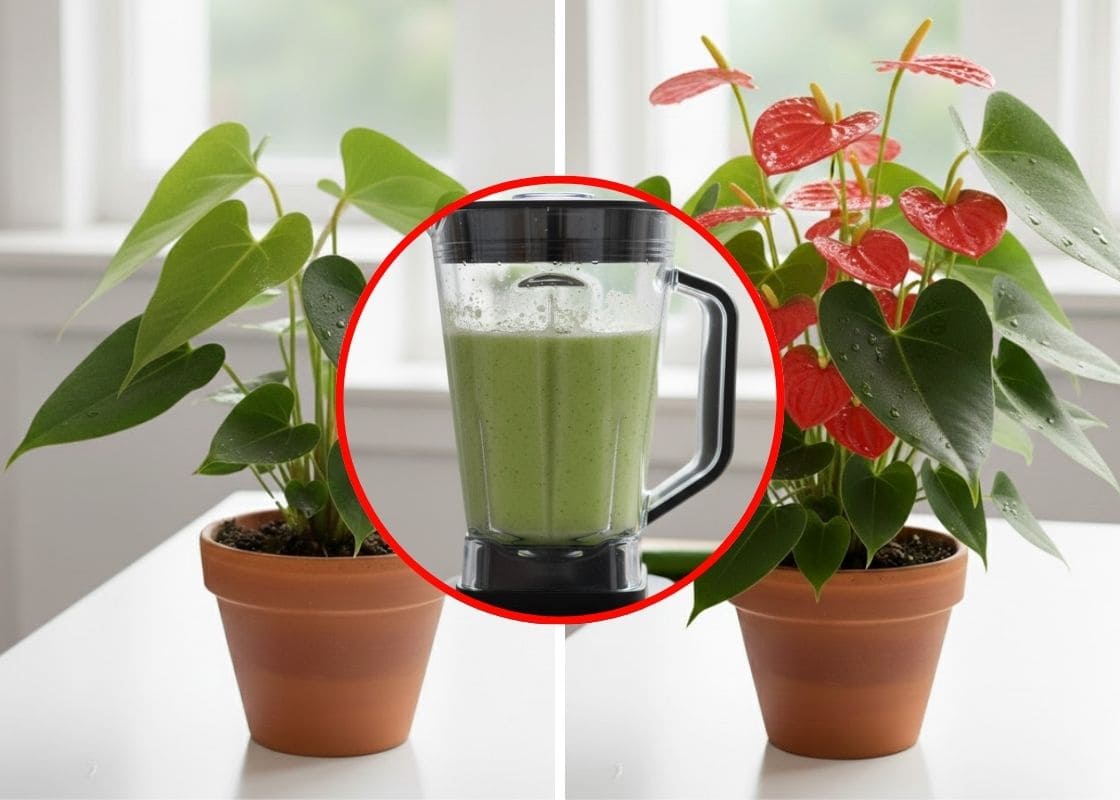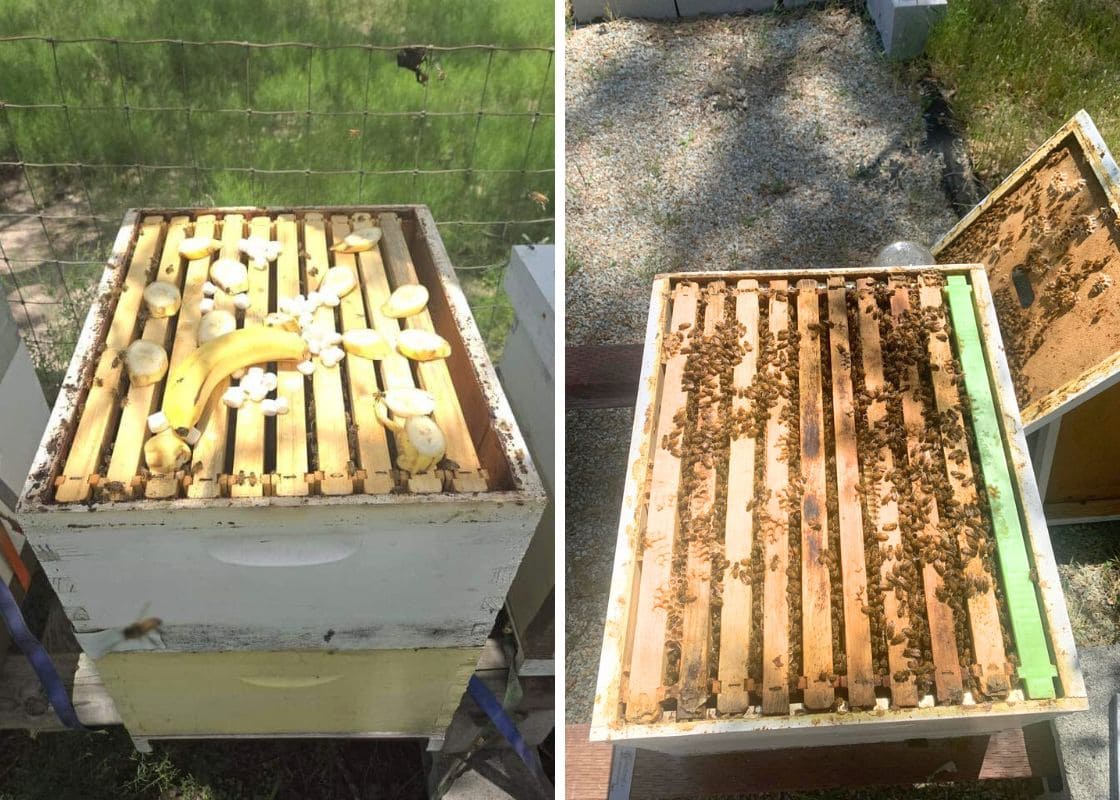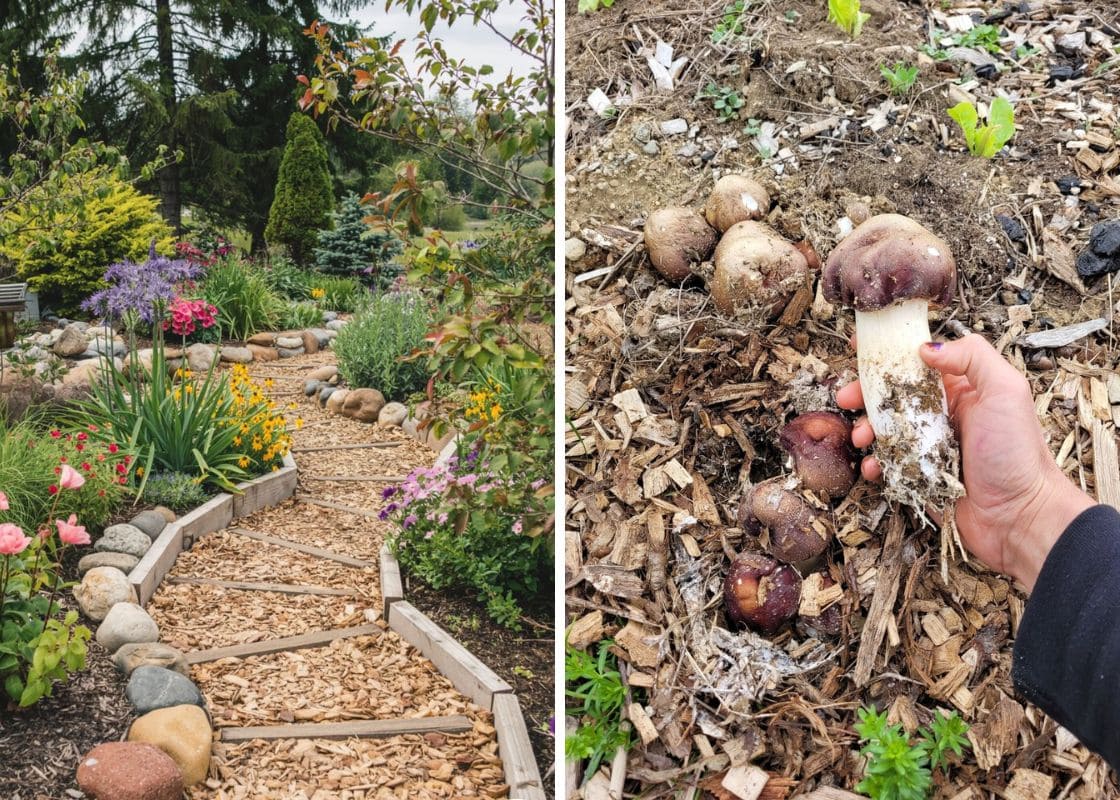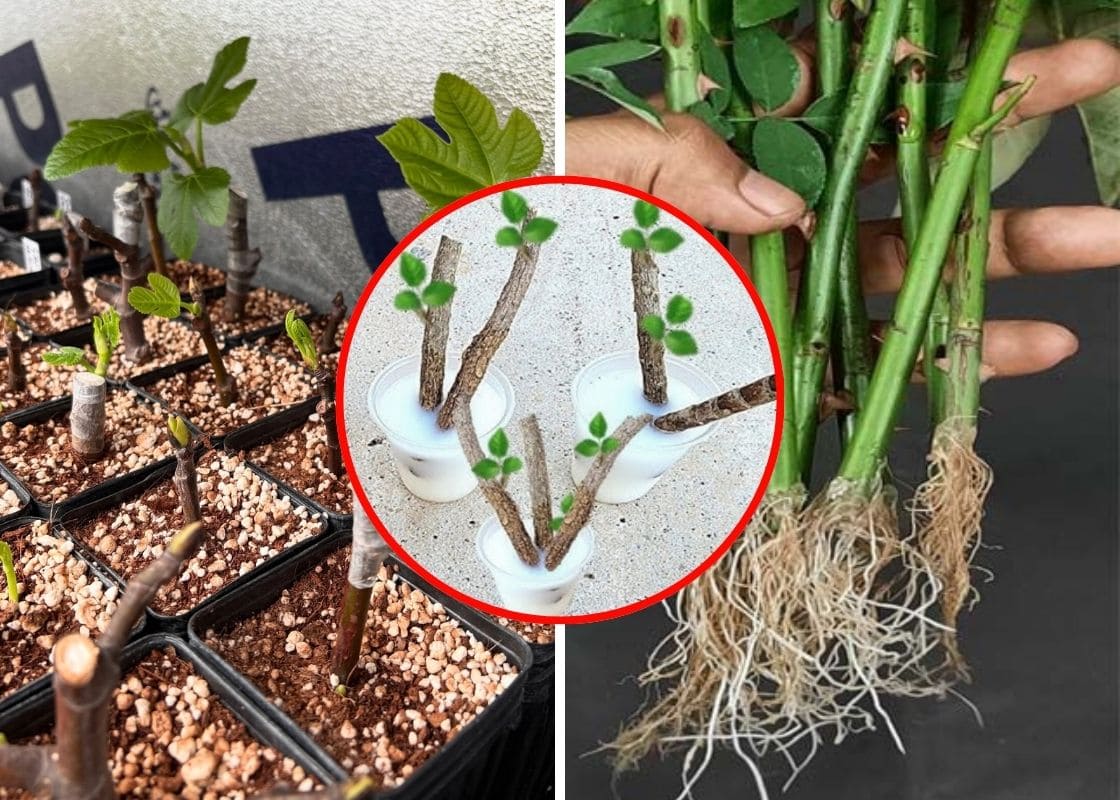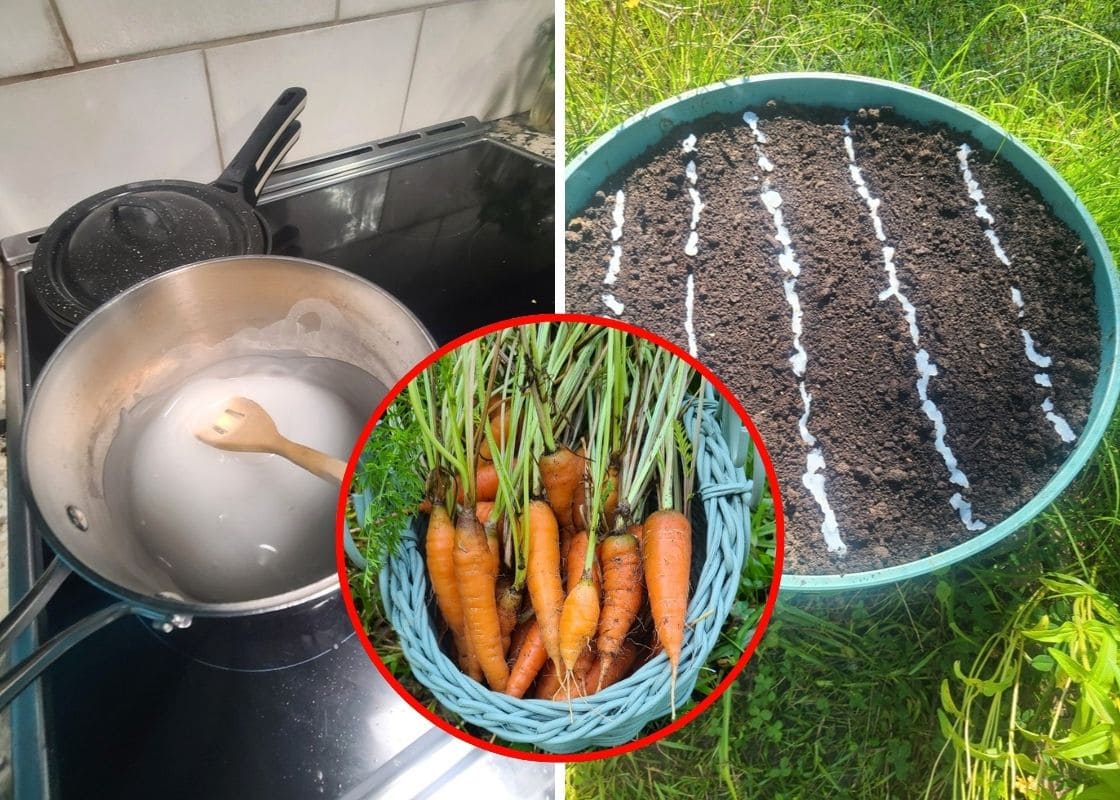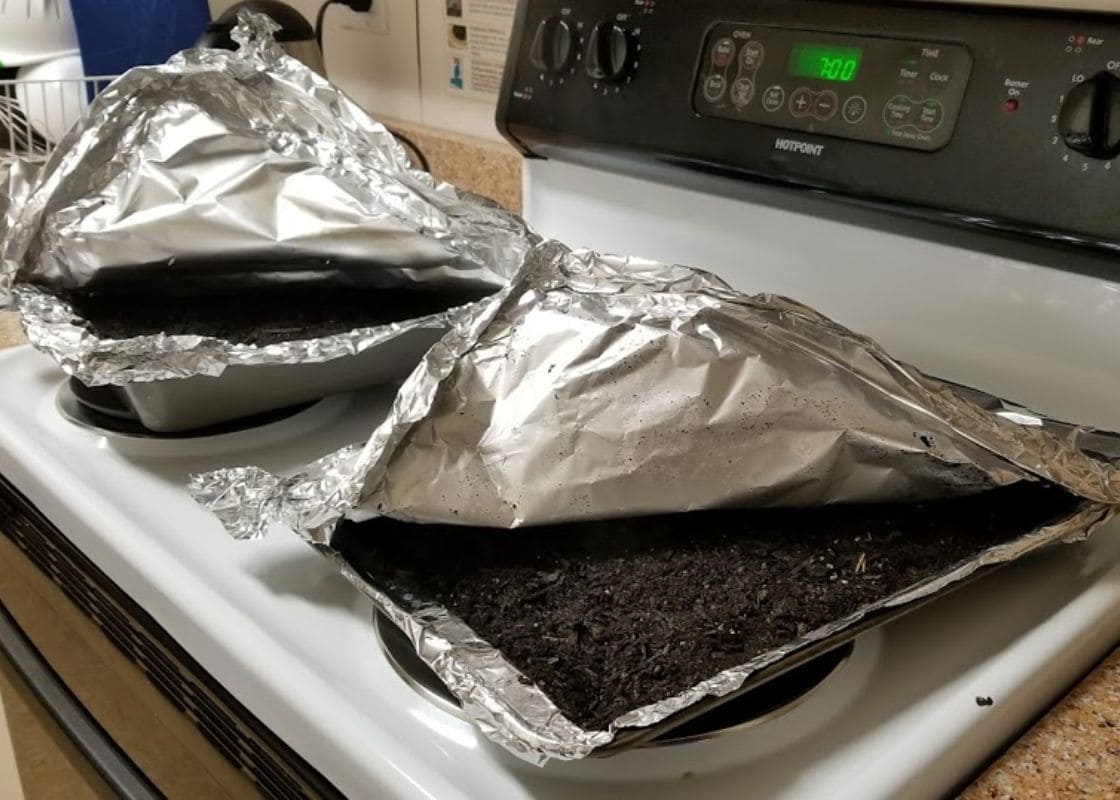If you’ve ever sat down to start your seeds one by one, you know how quickly it turns from a peaceful project into a full-blown chore.
It’s slow, messy, and by the end, you’ve used half your potting mix before even getting through one packet of seeds.
There’s a smarter way, one that professional growers and old-school gardeners have used forever.
It’s called mass germination, and it’s as simple as starting a bunch of seeds in one big tray instead of fussing with dozens of tiny pots.
I first saw this method from a grower in Alaska named Elena White, who’s probably sown more seeds in her lifetime than most of us will ever own. Once I tried it, I never went back.
What This Method Is
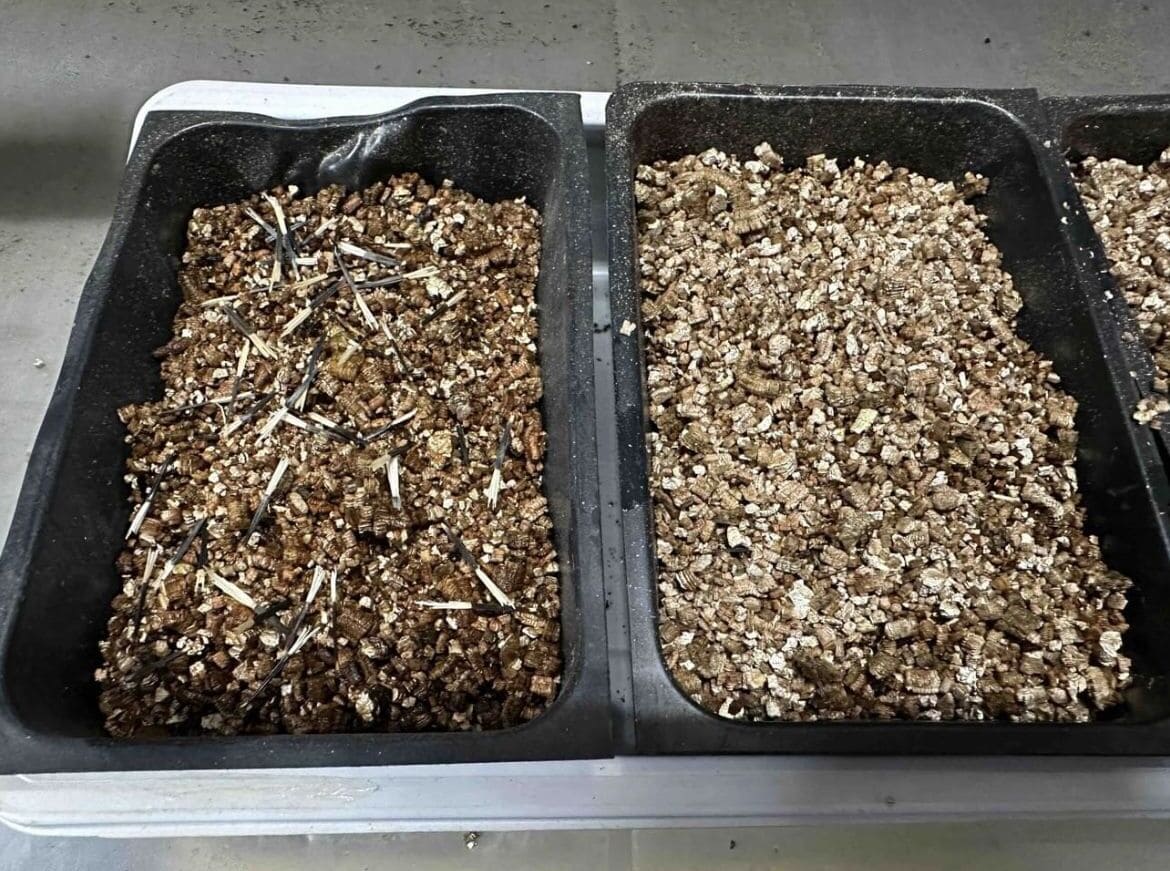
The idea is easy: rather than sowing a single seed in each cell, you sprinkle them together in one shared tray.
Once they sprout and grow strong enough, you lift and transplant them into their own pots.
It saves time, space, and effort, perfect for people who like to start many plants at once or have limited indoor growing space.
This technique works beautifully with things like marigolds, zinnias, basil, lettuce, and calendula.
These don’t mind being a bit close to their neighbors in the beginning. The key is to give them just enough room to breathe until they’re ready for their own spot.
How to Start Seeds
Start with a clean, shallow container. Fill it with a light seed-starting mix (not heavy garden soil).
A good blend of peat moss, perlite, and vermiculite keeps things fluffy and moist without suffocating the seeds.
Now, gently scatter your seeds across the top. For marigolds, aim for about half an inch apart, close enough to fit a bunch in one tray, but spaced so they don’t compete.
If your seeds are tiny, like basil or lettuce, you can sprinkle them more freely.
Lightly press them into the soil or cover them with a fine layer of mix. Some seeds actually need light to sprout, so don’t cover those at all.
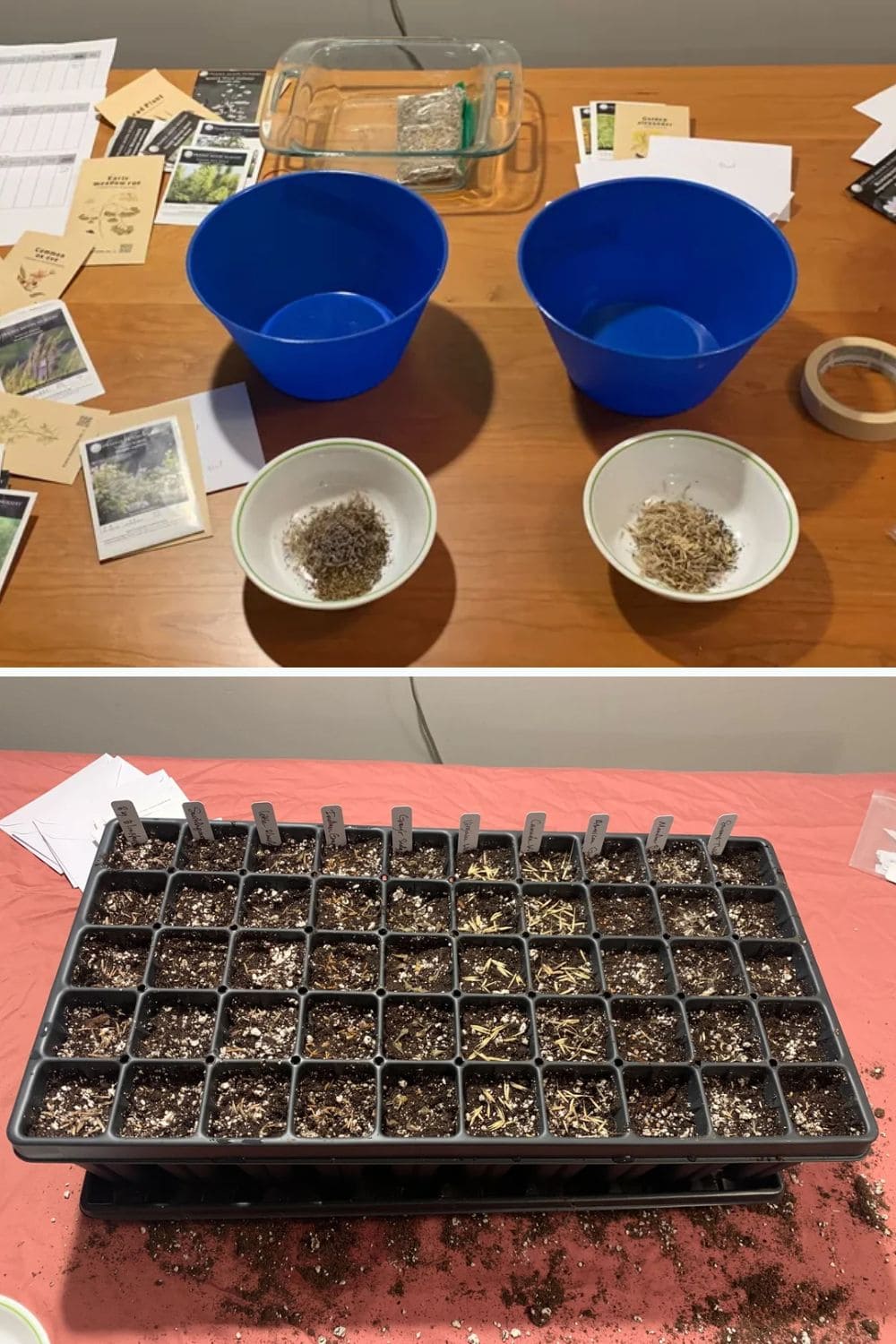
Next, water the surface gently using a spray bottle, or set the tray in a shallow pan of water and let it soak up moisture from below.
Then cover the top with plastic wrap or a humidity dome to trap warmth and moisture.
You need to keep the tray in a cozy spot around 70-75°F, and within a week or so, you’ll see little green heads poking up.
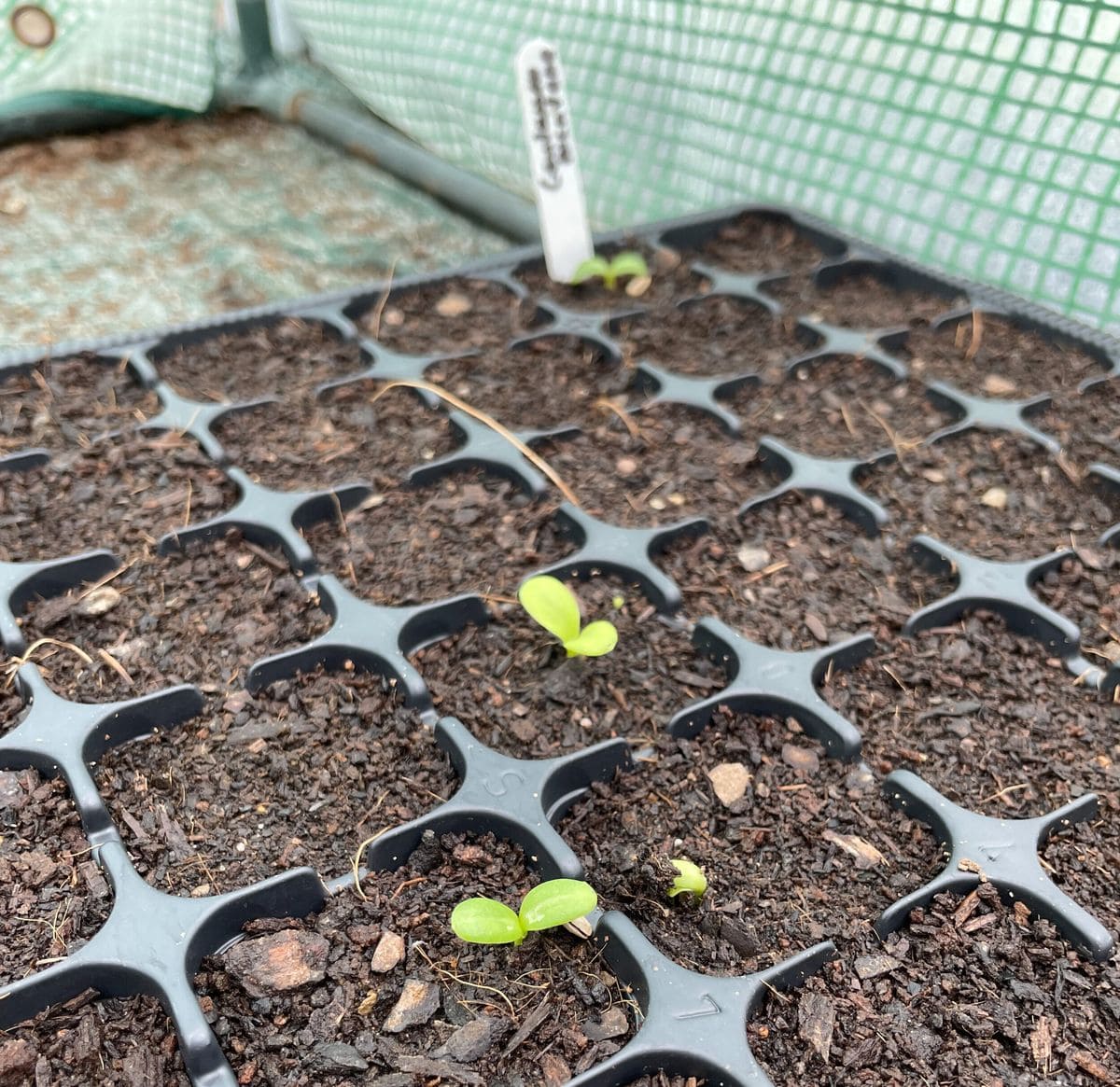
Once they sprout, take off the cover and move the tray somewhere bright, a sunny window or under grow lights works perfectly.
When the seedlings have two or three sets of leaves, you use the tip of a pencil or chopstick to gently lift them out one at a time, holding them by the leaves instead of the stem.
Finally, you just tuck each into a new pot with damp soil, and they’ll settle right in.
Why Seeding in One Tray Works
This trick saves you from the chaos of tending to twenty tiny pots at once.
You don’t waste materials on seeds that never germinate, and your plants grow in a more stable, shared environment early on.
The soil holds moisture better, so you won’t have to water constantly.
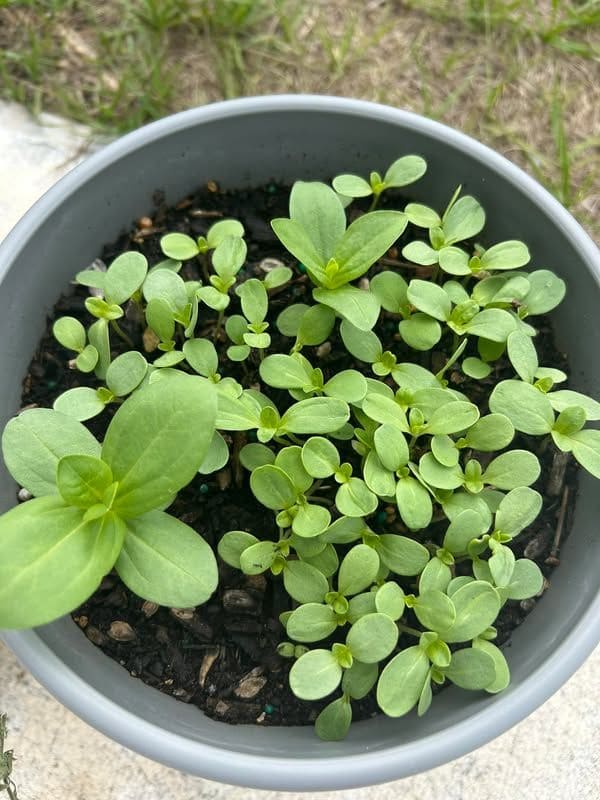
It also helps you pick out the strongest seedlings from the bunch.
Instead of nurturing weak, spindly plants, you can focus your care on the healthiest ones, the kind that’ll thrive once transplanted.
And honestly, it’s just more relaxing. Watching a tray of seedlings pop up together feels like seeing a little green community come to life.
Pro Tips for Success
The most common mistake people make is crowding too many seeds in one tray.
If you want your plants to grow strong, don’t dump the whole packet in, give them breathing space.
A standard nursery tray can handle about 30 to 50 seeds comfortably. More than that, and you’ll end up with a tangled mess of roots.
Also, keep your mix damp but not wet. If the surface starts drying out, mist lightly instead of pouring water in.
When roots start forming, water from below to encourage downward growth.
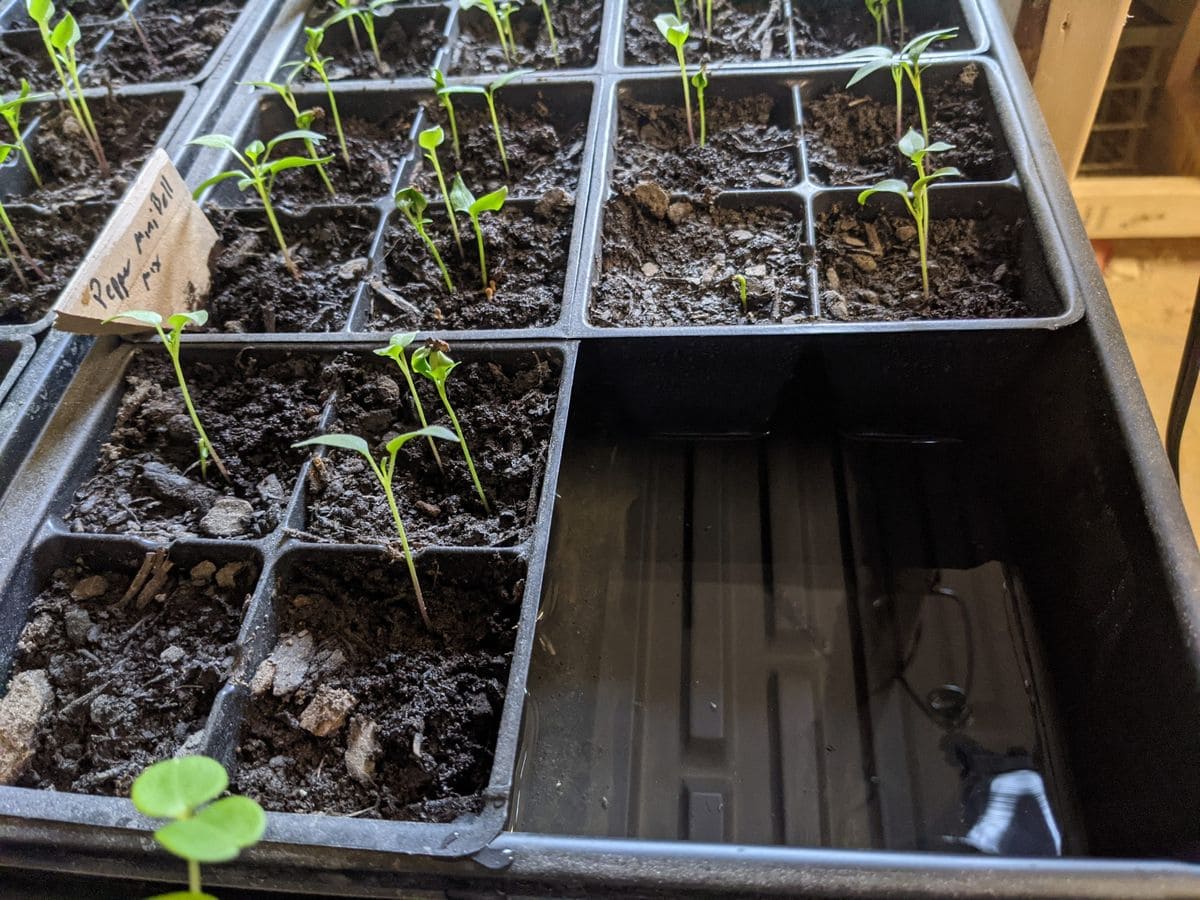
Additionally, always handle your seedlings by their leaves, never the stem. The stem is their lifeline, one pinch too hard, and the plant’s done for.
Common Mistakes to Avoid
Overwatering is a silent killer here. Seeds need moisture to sprout, but soggy soil cuts off oxygen and encourages mold.
You need to check the mix as it should feel like a wrung-out sponge, not dripping wet.
Another mistake is waiting too long to transplant. Once seedlings start bumping elbows, they stop growing properly.
Move them when they’re still small and manageable before the roots get too intertwined.
And don’t skimp on light. Seedlings without enough sun or grow-light exposure stretch out thin and floppy.
They might look taller, but they’re weaker. Give them at least 12 to 14 hours of good light every day for strong, compact growth.
